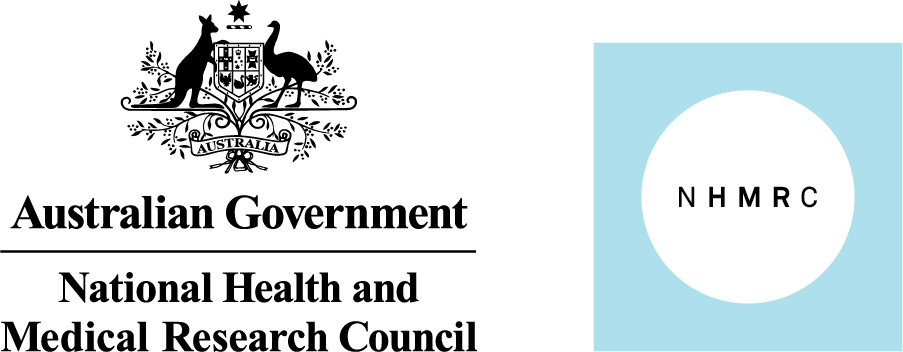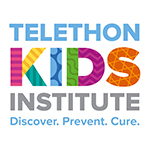1. Data Mining: Systematic reviews, Meta- and Mega-analyses & Consolidation of Existing Data
Pre-empt will support work into state-of-the-art reviews and meta- and mega-analyses of existing literature relating to the onset phase of mental disorders and predictive modelling.
2. Broad Risk Identification: The Clinical High At Risk Mental State (CHARMS) Project.
The project will investigate the possibility of introducing a clinical staging framework to youth mental health, similar to those used in other medical fields. The main aim is to develop predictors of transition to any mental illness rather than a specific diagnosis and to implement these predictors in primary care. CI Nelson; AI Dwyer.
3. Symptom evolution in the general population: prospective birth cohort and twin studies.
Pre-empt will ask the question of “when can we best predict youth mental illness in early life?”. To answer this question, researchers across child, youth, and epidemiological fields will join together to create predictive models from large-scale prospective birth cohort and twin studies. CI Lin; AI Thompson; AI Ronald.
4. Improving outcomes in mental health: Queensland Child Cohort Study
We will extend the risk prediction approach to childhood in a second work package where CI Middledorp and AI Wray will look into risk and protective factors in children with mental disorders referred to public outpatient clinics (e.g., autism spectrum or attention deficit hyperactivity disorder).
5. Mapping the onset of mental disorder: longitudinal network analysis of transdiagnostic symptoms
Prediction of the onset of disorders will be attempted in this workpackage using network analyses in samples of youth experiencing a diverse array of mental health problems. These network models will be applied to international samples. AI Wigman; CI Wichers; AI Scheffer.
6. Combining clinical, neurocognitive, and brain imaging data for individualised prediction of outcome.
Mental illnesses commonly occur due to interactions between psychological, biological, social, and environmental factors. This workpackage aims to combine data types in order to optimise predictions of mental illness in youth from the PRONIA study (www.pronia.eu). CIs Wood and Koutsouleris.
7. Development of dynamic and multi-modal risk calculators to optimise treatment decision making and simulate impact of indicated intervention at the clinical service level.
A large cohort of youth at-risk of psychosis will be used in this workpackage who have been followed over time. The aim will be to use techniques that can incorporate multiple assessments in order to optimise predictions. CI Clark; AI Yuen; CI Nelson
8. The STEP Trial: Generation of Prediction Models and Validation of UHR 1000 Prediction Models.
The Orygen investigators have completed a large-scale trial to prevent psychosis onset in those who are at high-risk. This work package will determine if predictive models can be used to predict treatment outcomes. CIs McGorry and Nelson; AIs Yuen and Gao.
9. Thought disorder and language analysis in early psychosis
The way that youth organise their thoughts and express themselves in language can become disrupted in psychosis. This workpackage will look at whether such attributes can be used as predictors of psychosis onset. CI Nelson
10. Biomarkers of mental disorder
The research team has conducted a series of large-scale RCTs for psychosis testing novel psychosocial and biological treatments. In this work package, researchers will conduct meta-analyses of risk biomarkers in youth at ‘ultra-high risk’ for psychosis and predict outcomes of these treatments. CIs Amminger, Nelson
11. Genetic risk prediction
Genetic studies of the last decade have demonstrated that psychiatric disorders are highly polygenic and pleiotropic. In this workpackage, researchers will look at whether the onset of disorders can be predicted by genetic biomarkers.
12. Improving prediction of suicidal behaviours.
Suicide is the leading cause of death among people aged 15-44 in Australia. In this workpackage, the researchers will work on creating risk prediction models for suicidal behaviours that could be used in clinical prediction tools. AI Schmaal.









